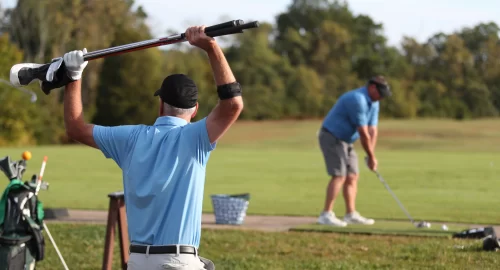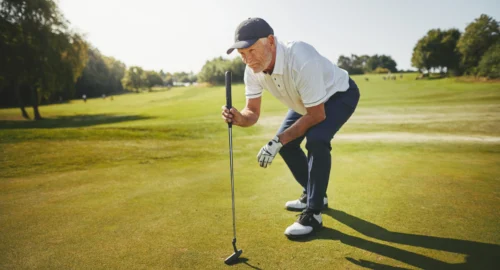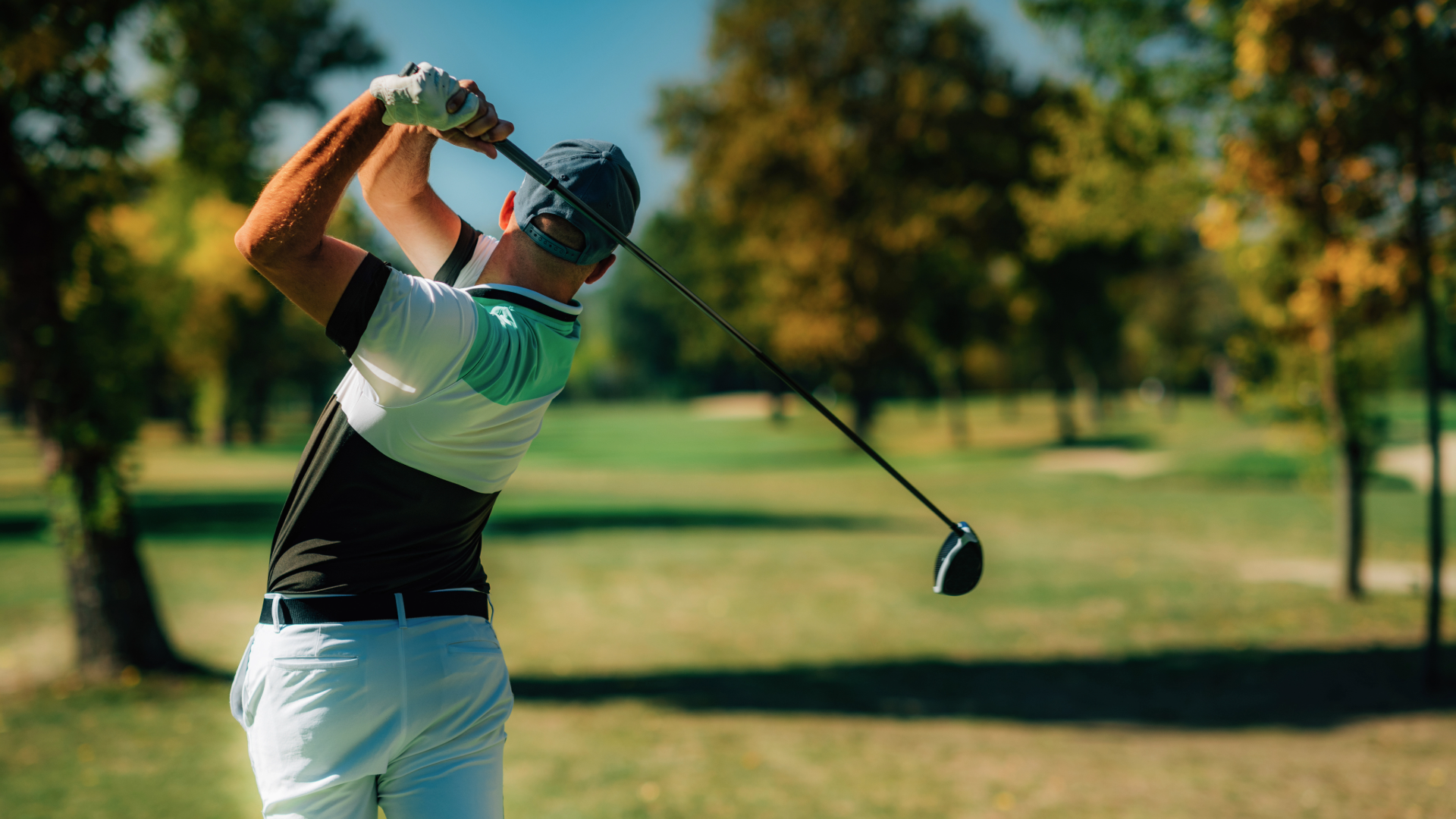
If you’re like most golfers, chances are you want to learn how to hit one of the most important shots in golf: the draw. It’s the exact opposite shot shape of a fade (or when it goes bad, a slice), A fade, however, tends to look better and travel longer distances than the former.
There are a myriad of reasons why most golfers can never quite hit this shot successfully. Today, our goal is to help you overcome common issues and mistakes most golfers make, so you can finally learn how to hit a draw like a pro golfer.
How to Hit a Draw in Golf – 3 Simple Steps
First, let’s define a draw.
A draw in golf is when the ball curves from right to left in the air, assuming you’re a right-handed golfer. If it curves too much from right to left in the air, it’s considered a hook.
The opposite shot shape is a fade – this is when the ball curves left to right in the air; if it fades more than about seven yards, it’s considered a slice. Learn more about draw vs. fade here.
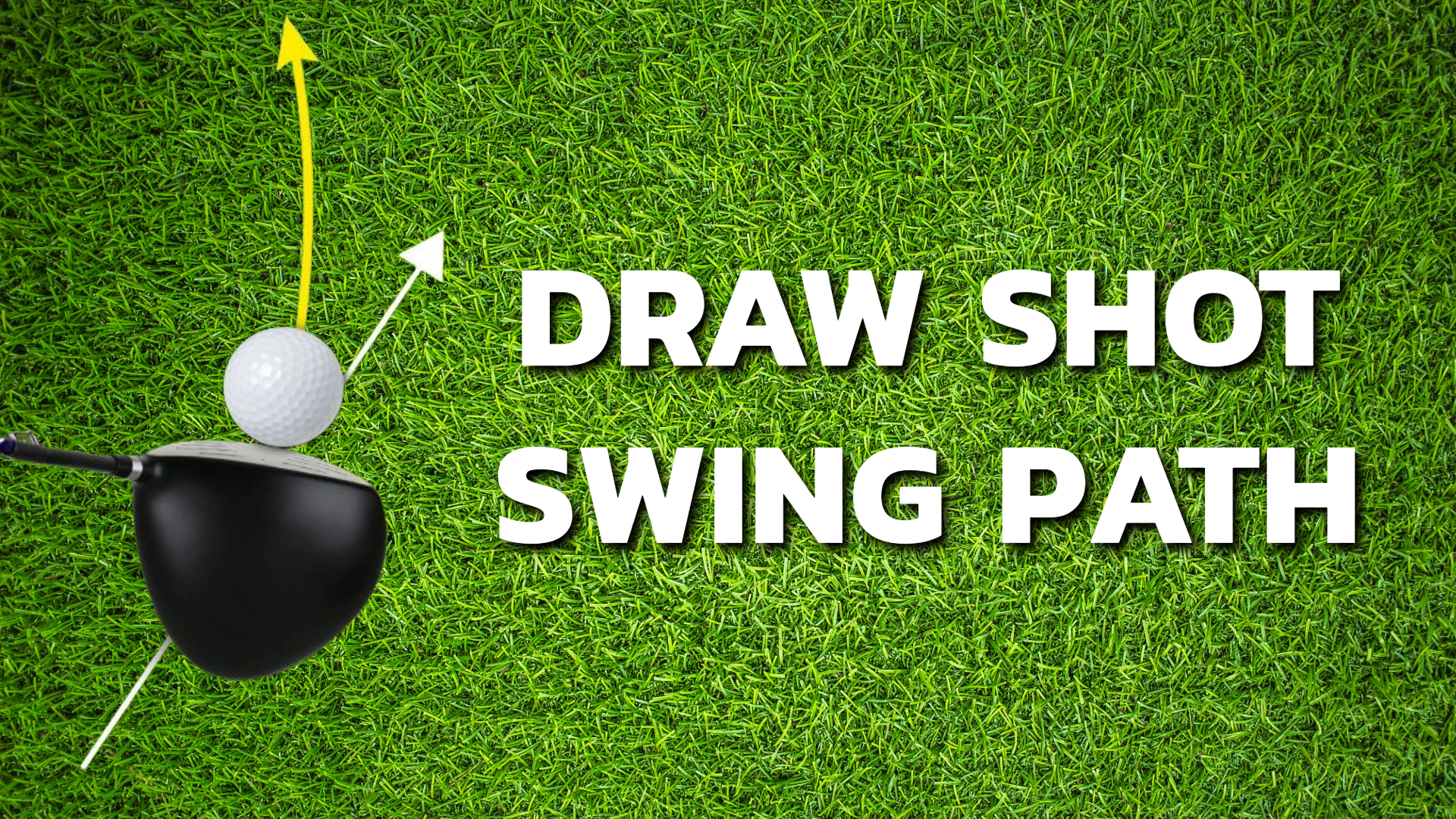
Why You Should Learn How to Hit a Draw
In a perfect world, it’d be best to learn how to play both types of shots for two reasons. First, you’re bound to find yourself in some tricky situations on the course that might require a fade or draw to get yourself back in position.
Second, knowing how to hit both types of shots will make it easier to self-correct any swing issues. For example, if you’re hitting a fade or slice now, learning to hit a draw can help straighten your ball flight quickly.
Eric Cogorno shared more about this concept on our Performance Golf YouTube channel. Watch the video below and follow the step-by-step process so you can finally learn how to hit a draw.
Step One: Strengthen Your Grip
The first step to hitting a draw is understanding that this coveted shot shape occurs from a club face that is closed to the path at impact. You cannot hit a draw if the face is square or open to the path.
To get the face slightly closed, this usually means changing your grip, as it’s the cornerstone of a consistent golf swing. There are three main grip positions and each one helps with a certain shot shape:
- Weak grip = fade bias.
- Strong grip = draw bias.
- Neutral grip = strength bias.
Most amateur golfers suffer from a slice and one of the leading causes is a weak grip position. If you want to hit it straighter and eventually learn how to hit a draw, you need to first address your grip position.
Start with your lead hand – try to feel like it’s more over the grip of the club. You want the V of your left index and thumb to point to your nose (neutral) or right shoulder (strong). If you look down at your hand position, you’ll see more of your left knuckles than a weak position.
If you’re like most golfers, this grip will feel very uncomfortable at first. But if you want to hit different shots, you need to try out different techniques, and this is a necessary step.
Additionally, you want to also check your trail hand grip position too. To hit a draw, you want your trail hand more under the club, as it makes it easier to square or slightly close the face at impact (which leads to a draw).
Step Two: Keep the Clubface Square
Once your grip is in a neutral or strong position, the next thing to evaluate is the clubface rotating too much on your backswing.
Avoid anything that’s going to make the club face get overly open during our backswing, overly open at the top. Two things to watch out for are too much forearm rotation and too much cup or extension in the left wrist.
These are the most common problems that open the face and lead to an over the top downswing. And if your swing is over the top, good luck getting the clubface closed to the path so you can hit a draw.
Improve Your Takeaway
The first part of your swing sets up your downswing, which is why we recommend spending a lot of time checking P2 (this refers to when the club is parallel to the ground as you start your backswing.)
To check this position, pause your backswing at P2, you should see the club pointing down toward the ground not up toward the sky. If you need help with your takeaway, make sure to try out the StraightAway training aid.
Check Your Ball Position
Another important checkpoint is ball position, as it will make it easier to hit a draw. As Eric notes, it’s much more difficult to hit a draw if the ball position is too far forward in your stance. Having the ball position in the middle of your stance or slightly back (when hitting irons, not driver) will make it easier to hit a draw.
Step Three: Correct Your Swing Path
By making these swing changes, you are almost there and might already see the ball curving left. But the final step is to adjust your swing path so it enables a right to left ball flight.
“The more the club head works from the inside of the target line to the golf ball, it increases the odds of the ability to hit a draw.”
When you swing more from the inside, it’s easier to get the ball started right of your target. Otherwise, if you have a steep, over the top downswing you will usually hit a pull draw which can get you in serious trouble on the course.
Having two alignment rods, as seen below, you can make sure you get immediate feedback for a more in to out path. And if you hit the rods on your backswing or follow through, you will know if you’re getting the club on the wrong path.
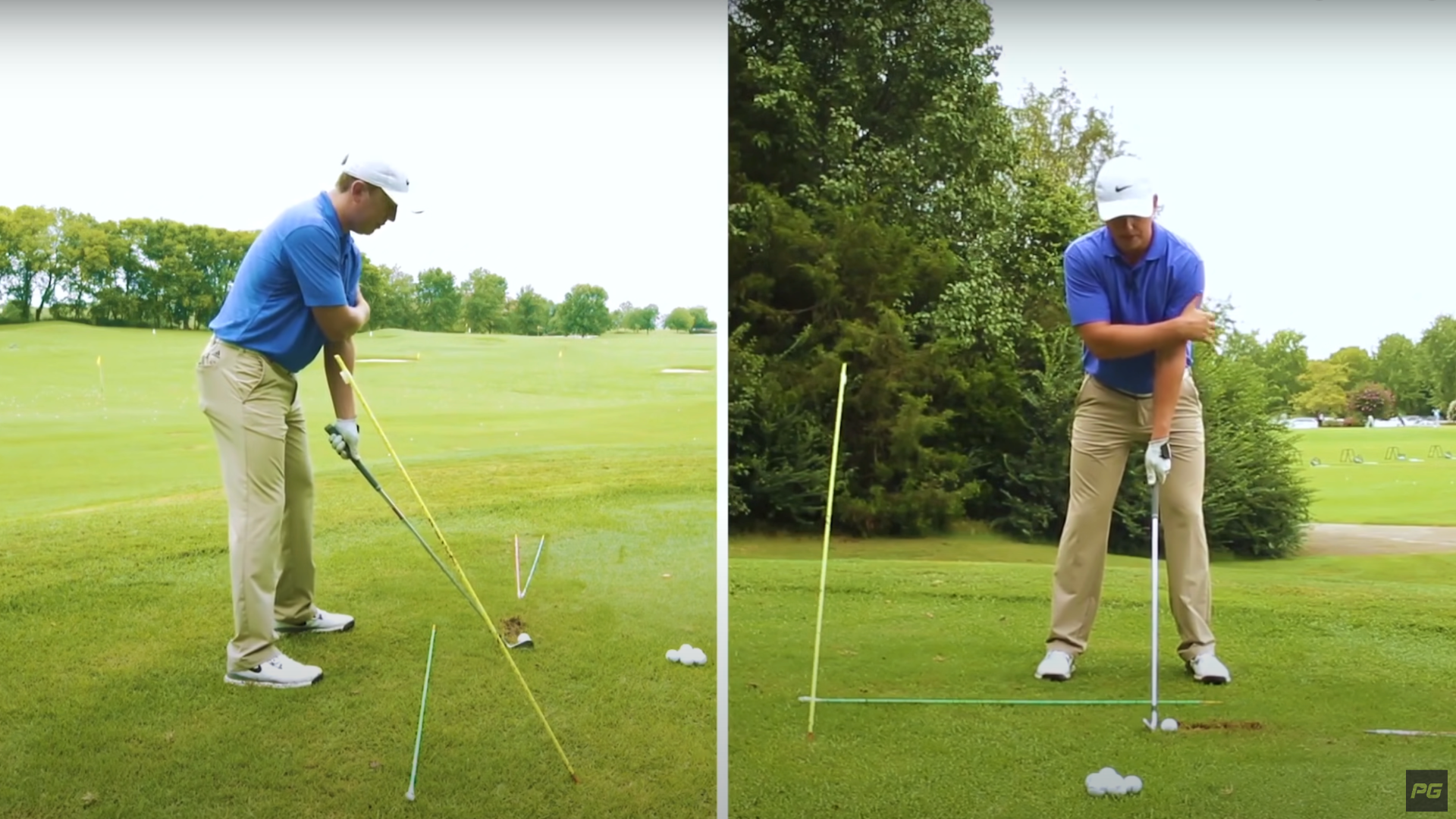
Three Steps to Hit a Draw: Recap
Hitting a draw is easier than you think when you commit to making these changes:
- Strengthening your grip to a neutral or strong position.
- Move the ball position slightly back of center and avoid excess forearm rotation in your backswing.
- Correcting your swing path so you swing more from the inside to create lag, which helps the ball start right of the target.
When you can hit a draw on command, it’ll help you improve ball striking consistency and escape trouble on the course. If you are still battling a slice, make sure to check out the One Shot Slice Fix by Hank Haney.
Or, if you want a swing trainer, learn more about the Straight Stick. It can help you improve your release and generate more lag, which can help you hit straighter shots.
